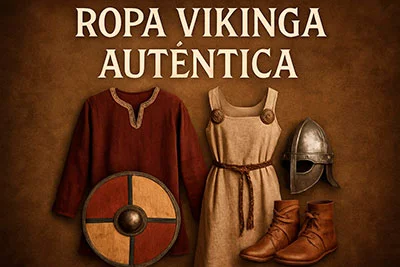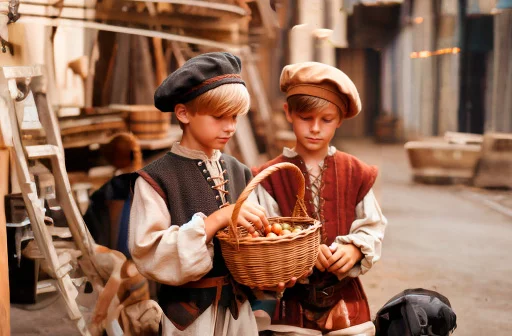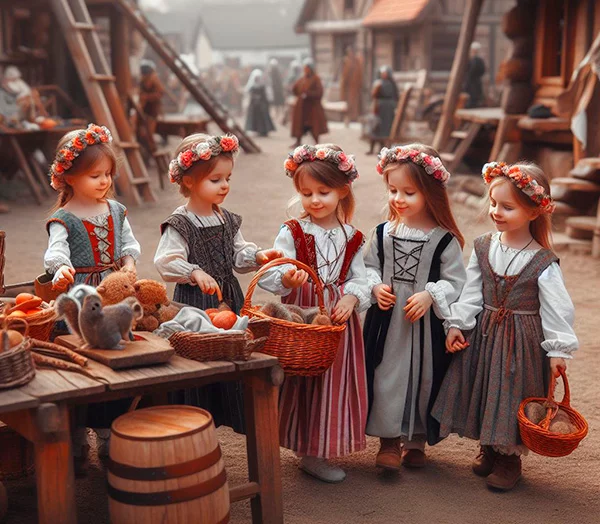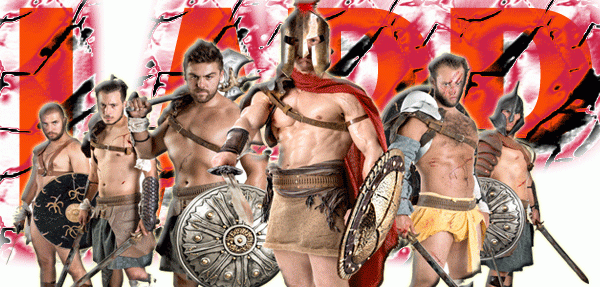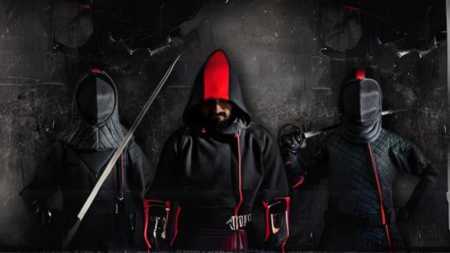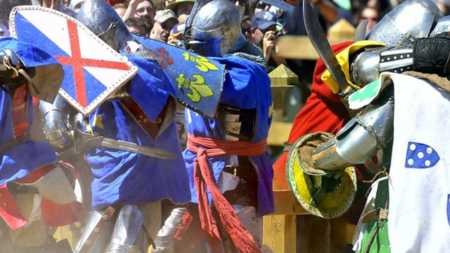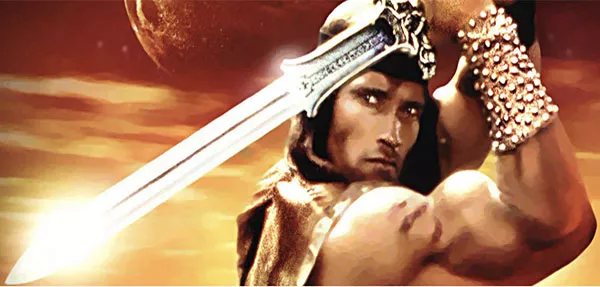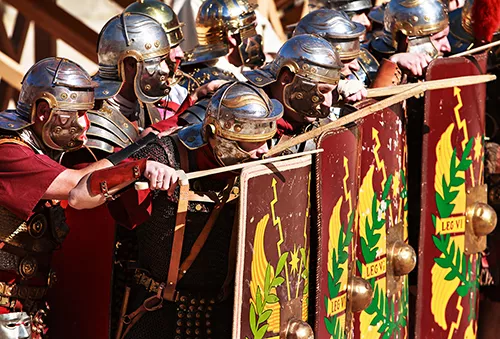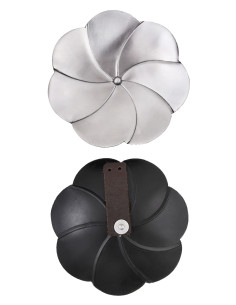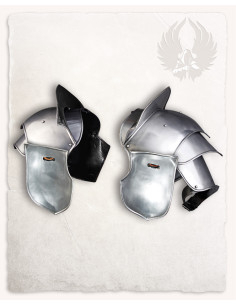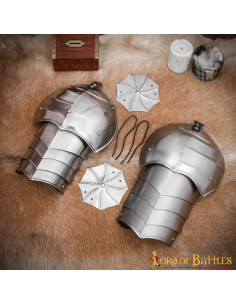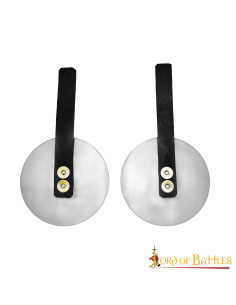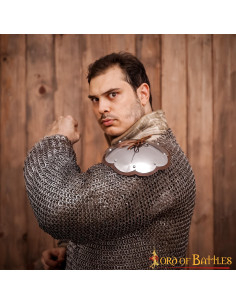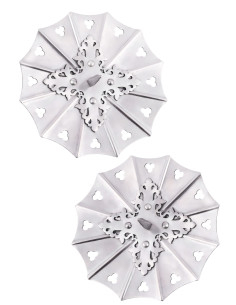Kisses
The Importance of Besagues in Medieval Armor
Besagues have been an essential element in the evolution of medieval armor. Originally, they served to vitally protect the movement of warriors, ensuring that their range of motion was not compromised during combat. Over the centuries, their design has been refined, developing to adapt not only to protection needs but also to the style of the time, becoming genuine works of art.
Besagues, which are generally found in the design of full armor, have evolved in materials and shapes. From the heavy and robust armors of antiquity to the lighter and more elegant designs of the 15th century, besagues have held a prominent place. This armor component not only provides defense but also adds a rich and complex aesthetic to the medieval warrior's attire.
Types of Besagues
Besagues can be classified into various categories, depending on their era, shape, and functionality. There are models that are more ornamental, while others are purely functional, designed to provide maximum protection. For example, the Gothic besagues of the 15th century not only offer defense but also reflect a unique artistic style that marks the transition to the Renaissance.
Additionally, differences in the design of besagues, such as those used with pauldrons or rondelles, provide various configurations to maximize protection in different parts of the body. Understanding these types is crucial for those seeking to arm themselves with knowledge and style, choosing the best options tailored to their defense needs.
The Material in Medieval Besagues
Traditionally, besagues were made of steel, a material known for its strength and durability. However, with the evolution of technology in metal forging, other complementary materials, such as strong leathers or reinforced fabrics, began to be incorporated. The choice of material directly impacts not only protection but also the mobility and comfort of the user.
Steel besagues, for example, are ideal for the most intense combats, as they offer excellent protection against blows. On the other hand, lighter and more flexible materials allow for better movement range, favoring the agility that a warrior may need in fast combat situations. Thus, decisions regarding materials directly affect the effectiveness of the armor they are integrated into.
Historical Use of Besagues in Battles
Throughout history, besagues have been an integral part of combat strategy. In periods of conflict, soldiers relied on their ability to move and protect themselves, and besagues met those expectations. In historical events such as the Crusades, these elements were crucial for the survival and success of warriors on the battlefield.
Their design changed over time, adapting to different combat styles and emerging threats. The combinations of besagues with other armor elements ensured that fighters were always one step ahead in their defensive skills against technological advances in weaponry. Therefore, it can be said that besagues were fundamental to the evolution of medieval warfare.
Tips for Choosing the Right Besagues
When selecting besagues for armor, it is important to consider several factors. Individual needs, context of use, and the level of protection required should be carefully evaluated. Additionally, it is crucial to choose besagues that fit well to the user's body structure to ensure comfort and effectiveness in their use.
Moreover, knowledge about the different eras and styles of besagues is essential. This will allow enthusiasts of historical recreation or collectors to select pieces that are not only functional but also representative of the period they wish to evoke. All these aspects ensure that the choice of besagues is not only a matter of defense but a dialogue with history itself.
What are besagues in armor?
Besagues are components of medieval armor designed to protect the shoulder area and are often combined with pauldrons. They are used for both defensive and ornamental purposes, and their design has evolved over the centuries, reflecting changes in both fashion and military tactics.
What is the main function of besagues?The main function of besagues is to provide protection and support to the vulnerable areas of the warrior, especially in the combat environment. These pieces allow the user to move without sacrificing safety, which is vital in close combat where every part of the body may be exposed to attacks.
What is the difference between different styles of besagues?There are various variations of besagues, including differences in shape, size, material, and style. For example, Gothic besagues are known for their aesthetics and ability to offer greater flexibility, while those from earlier periods may be heavier and thicker. This diversity allows warriors to choose the type that best suits their specific needs and personal tastes.
What materials are common in besagues?The most common materials in the manufacture of besagues include steel, known for its strength and durability. However, it is also common to find leather and other compounds used to enhance mobility. The choice of material depends on the level of protection required and the type of combat expected.
Can besagues be used in historical reenactments?Besagues are ideal for historical reenactments, as they allow participants to be not only protected but also faithful to the aesthetics of the era they represent. By choosing appropriate besagues, reenactors can accurately portray medieval clothing and equipment, making their representations more authentic and visually striking.
What benefits do besagues with pauldrons offer?Besagues that incorporate pauldrons provide significant benefits in terms of protecting the entire shoulder area. These combinations provide superior defense by allowing besagues and pauldrons to work together. This type of system is especially beneficial in combat, where attacks can be directed at the warrior's shoulders and core.
What should be considered when choosing besagues for armor?When choosing besagues for armor, it's essential to consider aspects such as combat style, budget, and level of comfort. Those seeking greater mobility in combat situations may opt for lighter designs, while those who prioritize protection might prefer sturdier designs. Each choice will impact the overall experience of the user.
Explore our wide collection of besagues that combine functionality and style. Whether you're looking to protect yourself in a historical reenactment or simply admire these works of art, we have what you need. Discover the elegance and history behind each design in our online store.

